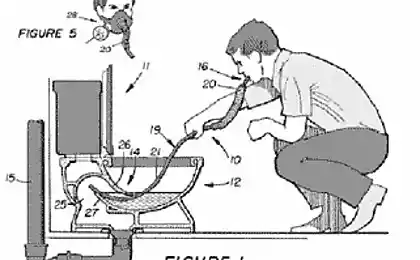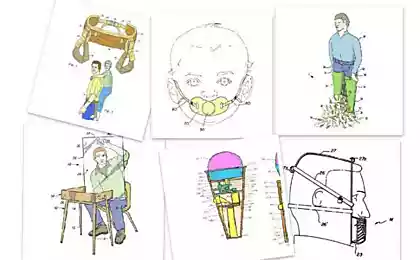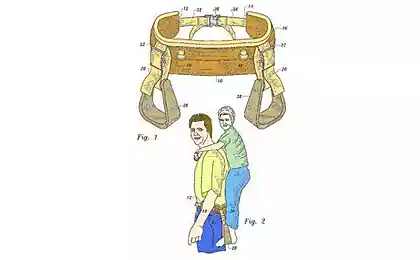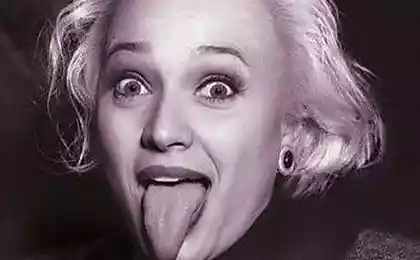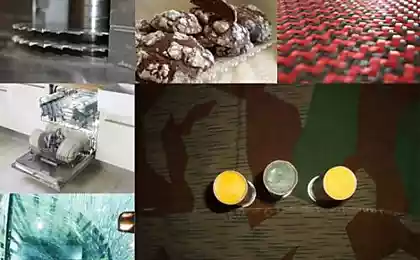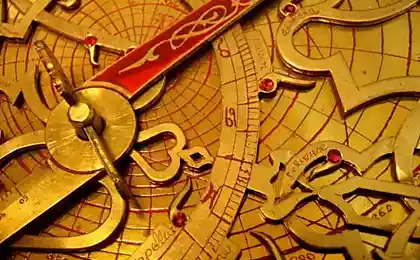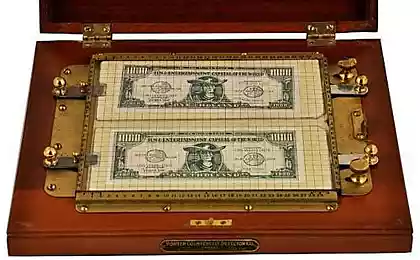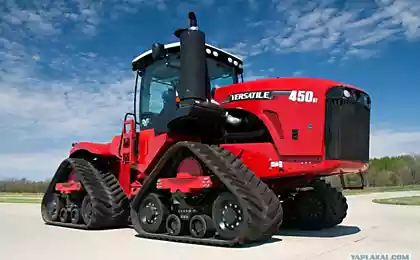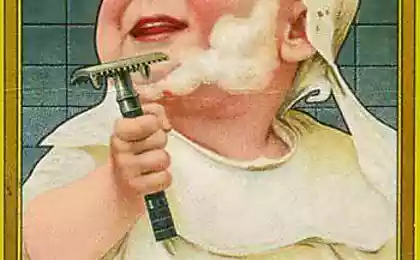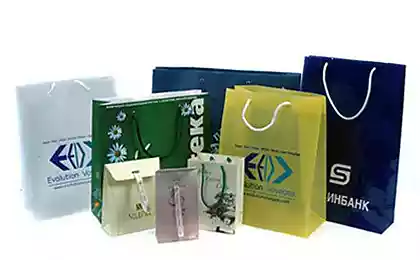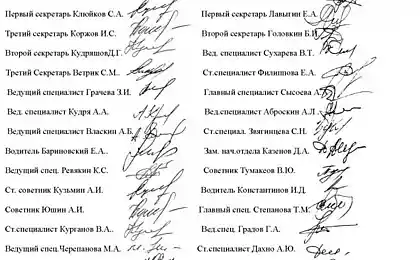1245
Why patents are almost useless in Russia

In the previous article, I promised to talk about how I obtained a patent for a utility model and how it would be useless in the event of patent infringement. Now, though late, I will keep my promise. I will immediately note that I am not a lawyer and not a patent expert, so the article may contain inaccurate formulations and naive ideas, but, I hope, not factual errors.
The basic idea is as follows. In theory, any patent should have two functions - permissive and prohibitive. First, a patent allows its holder to do something, such as produce and sell a patented product. And secondly (and this is the main thing), the patent prohibits an indefinite circle of persons any actions related to the subject of patenting. That is, having a patent, a person can prohibit another person from producing, selling, storing, using, etc. the goods in which this patent is used.
In Russia, unfortunately, the main prohibitive function of the patent was completely destroyed. Therefore, protecting intellectual property in Russia makes no sense.
To begin with, any patent, be it a utility model patent or an invention patent, has a prototype. It is assumed that the inventor did not develop his idea from scratch, but took as a basis something known, a prototype, and this prototype somehow improved. And this improvement allowed us to get some new and necessarily useful property. Improvement should not be a mere addition, unless it brings qualitatively new benefits.
For example, we have a mop. .For example, we have a mop. Take the whistle and tape to the mop. It turned out a new object - a mop with a whistle. You can wash and you can whistle. Great! Can this be patented as a useful model? Probably not. Since functionally, this thing can wash like a mop, and can whistle like a whistle. It turned out the sum of functions that were already in the original objects.
Now we take a mop and we attach a flashlight to it. And we get a new function - the ability to wash in dark corners. This function was not separate from either the flashlight or the mop. This new device can already be patented as a utility model.
What kind of prototype? In the case of a utility model, another utility model, or invention, or any known design, object, method, or method may be the prototype. In practical terms, the search for a prototype should start from here: go http://www1.fips.ru, then “Information resources”, “Open registers”, “Register of utility models” (for example). Next, set the “IPC Index” parameter and enter this same index. The index is known in advance by the classifier. In my case, it would be A47D9/02. As a result of all these actions, we will get a list of useful models of this index. For example, my patent number is 112007. Then read all the patents from the list and choose something suitable as a prototype. Of course, the sources of prototype selection are not limited to this list. You can, for example, search in international patents for utility models and inventions.
Choosing a prototype, you should come up with a patent formula. This is a key component of any patent. It is the patent formula that has legal significance, it is the formula that determines the boundaries of patent protection. Formulating is a whole art, it has many nuances and non-obvious moments. In the formula of a utility model or invention, all essential features of a utility model or invention are formulated. In turn, the feature is a kind of unit of meaning, a brick from which the patent formula is formed.
From Wikipedia:
The formula of the invention consists of one or more items. Each paragraph of this formula usually consists of two parts, called the restrictive part and the distinguishing part, separated by the phrase differing (-yayaya, -esya) in that ... The limiting part of the claim contains the name of the invention and its important features already known from the prior art. The distinctive part contains features that constitute the essence of the invention and are new. Each paragraph of the formula is a single sentence. The formula points are divided into dependent and independent. An independent claim of the claims characterizes the invention by a set of its features, which determines the scope of the legal protection requested, and is set out in the form of a logical definition of the object of the invention. The dependent claim contains a clarification or development of the invention disclosed in an independent claim.
Example of patent formula (in this case, utility model 112007):
1. A device for rocking the bed containing a support structure, a bed, pendants connecting the bed with a support structure, located on the basis of the support structure of an electromagnet with a winding connected to the electric current network through a interruptor with a control unit, and a metal plate fixed on the bottom of the bed with the possibility of interaction with an electromagnet, characterized in that the metal plate is displaced relative to the electromagnet in the direction of rocking the bed.
2. The device for rocking the bed according to claim 1, characterized in that the metal plate is made of metal with residual magnetization.
3. The device for rocking the bed according to claim 1, characterized in that the control unit is made on the basis of a microcontroller.
4. The device for rocking the bed according to claim 1, characterized in that it is additionally equipped with a remote control. Let’s take a closer look at what’s in this formula. Okay.
First comes the independent part of the formula.
A bed-shaking device,
object of patenting, object of legal protection. The following restrictive signs are listed.
supporting structure,
first sign
bed,
second sign
suspensions connecting the bed with the support structure,
third sign
based on the support structure electromagnet with winding,
- fourth sign
connected to the electrical current network through a interrupter with a control unit,
- fifth sign
and a metal plate fixed on the bottom of the bed with the possibility of interaction with an electromagnet,
- Sixth sign. The restrictive part of the patent formula is over. This is followed by a distinctive part beginning with “distinguished in ...”.
characterized in that the metal plate is displaced relative to the electromagnet in the direction of rocking the bed.
- one hallmark. The independent point of the formula is over. The following are dependent items (numbered). They are no longer as interesting because their legal significance is much less than that of an independent claim.
Having figured out what a patent formula is, let’s move on.
According to paragraph 3 of Art. 1358 of the Civil Code of the Russian Federation
an invention or utility model shall be recognized as being used in a product or method if the product contains, and the method uses, each feature of the invention or utility model given in an independent paragraph of the claims or utility model contained in the patent, or a feature equivalent to it and became known as such in the art before committing with respect to the corresponding product or method of action provided for in paragraph 2 of this article. In turn, according to paragraph 3 of Art. 1358 of the Civil Code of the Russian Federation
The use of an invention, utility model or industrial design is considered, in particular, the importation into the territory of the Russian Federation, manufacture, use, offer for sale, sale, other introduction into civil circulation or storage for these purposes of a product in which the invention or utility model is used, or a product in which an industrial design is used. Thus, it would seem that the Civil Code unambiguously defines the cases of using, for example, a utility model. If suddenly there is a device on the market containing a support structure, a bed, suspensions, etc. according to the formula of a utility model, and this device, relatively speaking, is not mine, then it violates my exclusive (patent) rights to a utility model.
It should be. It is in other countries. But unfortunately not in Russia.
And you can do that in Russia. Watch your hands closely.
For example, we add another coil to the swinging device and consider that this change gives any advantages (in fact, this is not necessarily the case, but we will say that it is). For example, let’s say that this adds to the smoothness of the move. We'll leave everything else as it is. As a prototype, take the original utility model (PM) 112007 and get a patent for its already useful model, for example, with the number 122860. After that, we will quietly release beds with a swinging device, using all the features of PM 112007, but having a second coil in the drive unit. And we will say that the beds are produced under patent 122860.
Obviously, the product with two coils uses both PM 112007 and PM 122860. And, it would seem, take the GC and apply to this case. But... (drum fraction...) attention, hole in the legislation:
Item 9 of the Information Letter of the Presidium of the Supreme Arbitration Court of the Russian Federation of 13.12.2007 N 122 "Review of the practice of consideration by arbitration courts of cases related to the application of intellectual property legislation":
If there are two patents for a utility model with the same or equivalent features given in an independent claim, until the patent with a later priority date is invalidated in accordance with the established procedure, the actions of the holder of this patent on its use cannot be regarded as a patent violation with an earlier priority date. Later, the Presidium of the Supreme Arbitration Court of the Russian Federation confirmed its position (this was not a mistake!) Resolution No. 8091/09 of 01.12.2009, extending it to inventions.
So now I have to prove not that the two-coil product uses my patent 112007, but that the later patent 122860 is invalid. It seems absurd, but it really is. Moreover, it is not possible to prove the invalidity of patent 122860, since it is issued according to all formal rules and is generally quite self-contained.
Unfortunately, when considering patent disputes, the courts are guided by this decision of the Presidium of the Supreme Arbitration Court of the Russian Federation. We're doing well with law enforcement.
This completely unhealthy situation is well known to patent scientists and people “in the subject”. For example, in Wikipedia it is described and called “a case of legal vandalism” (article “Invention”).
The meaning of this approach is that the patent owner has the right to use a protected solution, even if the protected solution of a third party is used, without the consent of the latter, which completely contradicts the essence of the exclusive right as a right of prohibition and the last sentence of paragraph 3 of Article 1358 of the Civil Code of the Russian Federation, which unequivocally relates such actions to the cases of using the invention.
Thus, patenting something serious in Russia makes no sense. Anyone can get a patent for a similar utility model, slightly modifying it, and easily use it. Patents in Russia as a result are worthless – it will be much cheaper to pull this simple trick than, for example, to buy a license to use an existing patent. It is also pointless to invest some money in the development of new devices, technologies and methods in Russia – investments that will have to pay off from the sale of licenses will also go nowhere.
A patent in Russia is needed only in one case - if you produce a product on it yourself. In this case, at least no one will forbid you to do it. And you yourself will not be able to prohibit anyone from producing a similar product - your opponent will have his own patent (a later, and in a particularly cynical case, your useful model will be used as a prototype), as a result of which you will be sent to paragraph 9 of the Information Letter of the Presidium of the Supreme Arbitration Court of the Russian Federation of 13.12.2007 No. 122.
CES2015: Saygus announced a smartphone with 320 GB of memory
The mission of "Messenger" in the orbit of Mercury comes to an end
